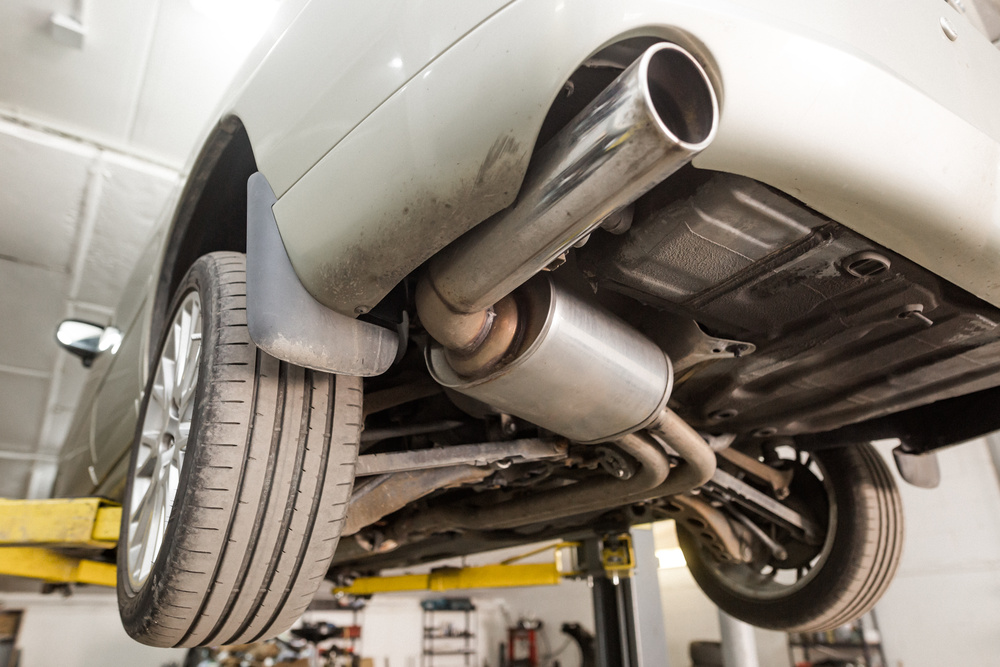According to The National Highway Traffic Safety Administration (NHTSA), 2021 was a record year for car accidents with an estimated 42,915 fatalities.
There’s anecdotal evidence highlighting people forgetting important aspects of road safety after the pandemic. As such, it’s always a good time for a reminder and review to keep you safe on the road.
Here are some helpful reminders on how to stay safe while driving and manage accidents.
Stay Visible
Be vigilant in making yourself visible and obvious to other drivers. Avoid hanging out in blindspots as you pass or overtake on the inside. Be aware of your vehicle in relation to others, especially around semi trucks— if you can’t see their mirrors, they can’t see you.
Motorcyclists are at greater risk on roadways, as they are difficult to see and stop quicker than other vehicles. If you notice a motorcycle on the roadway, maintain awareness of its position relevant to you. If you’re on a motorcycle, don’t assume cars can see you.
Being visible also means using your signals, ensuring your taillights are on and brake lights are functional.
Be Defensive
It’s never safe to assume that other drivers will adhere to the rules of the road or prioritize safety. Be a defensive driver and maintain constant awareness of your surroundings. Try to anticipate what other drivers might do.
For example, if you have a green light but notice an oncoming driver is quickly approaching the red, it’s better to slow down than risk being hit. If you notice someone driving erratically or taking risks, put as much distance between you and them as possible.
Avoid Distractions
Distracted driving is one of the leading causes of accidents. Distractions range from mobile phone use or conversations with passengers to zoning out and turning on “autopilot.”
Remember that your main priority behind the wheel is driving— not changing the music or answering texts. If something is urgent, find a safe place to pull over and deal with it.
Lots of Tennessee drivers have learned from their trusted Chattanooga car accident attorney how even small distractions can lead to serious collisions and costly legal consequences. These professionals often stress the importance of maintaining focus and following traffic laws to protect both yourself and others on the road.
Stay Calm
Controlling your emotions is essential both on the road and after an accident. Reports of road rage-induced violence are on the rise. When you experience frustration while driving, your autonomic nervous system (ANS) takes over. This system increases your heart rate and floods your bloodstream with adrenaline, making it difficult to make rational decisions.
If you get in an accident, take some breaths before interacting with the other party. This effort will help you stay focused on documenting the scene.
Create a Contingency Plan
Having a contingency plan for the worst-case scenario is the best way to stay safe if an accident occurs.
Understanding the steps to take after an accident will also help you follow a process when your body is flooded with adrenaline. If you get in an accident, you should:
- Get to a safe space
- Take photos of the scene
- Make notes about what happened
- Calmly exchange information with the other party
- Call the authorities
- Get contact information from witnesses
- Contact an attorney
- Contact your insurance provider
Having a clear contingency plan will protect your best interests after an accident.
Most motor vehicle accidents that take place are preventable. Drive safely and be defensive to stay alive.







